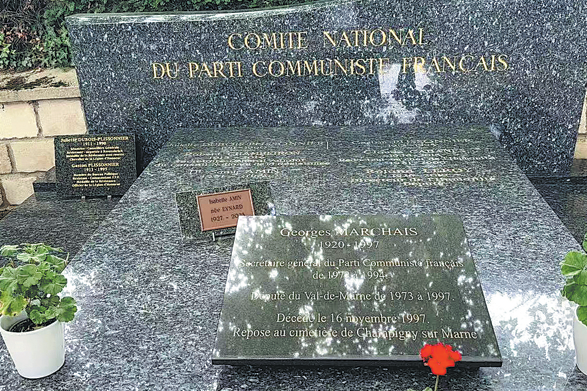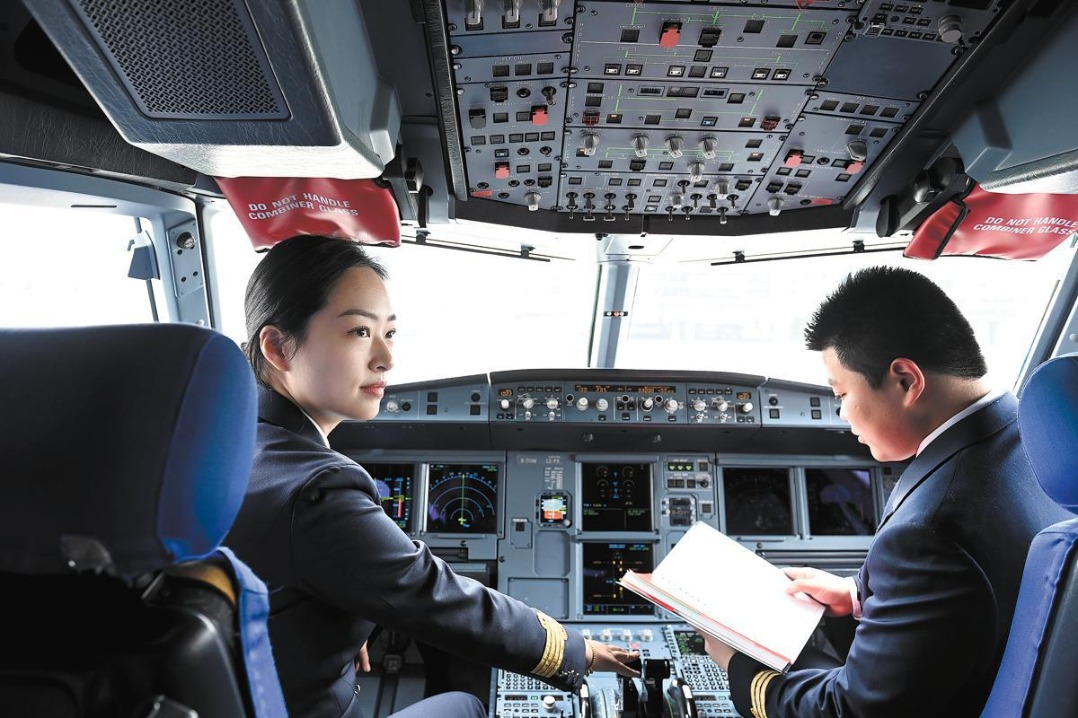Exploration and discovery at Yunnan's Erhai Lake


Bai architecture can be attributed to earlier wealth accrued in Xizhou. Its often large, beautifully preserved courtyard homes featured copious use of locally sourced marble and wood. During the Ming Dynasty Xizhou was a major trading centre along the Tea Horse Trail from southern Yunnan and southeastern Asia up to Tibet. Commercial prosperity continued through the 19th and 20th century as shown by elaborate dwellings, some of which are open to visitors. One prominent former home was actually built in French style, including white shuttered windows. Xizhou, historically associated with academic excellence, also had a wartime Flying Tigers landing airstrip. Although much less commercialized than Dali, its reputation attracts growing numbers of visitors. Although relatively small, I did find Xizhou delightful for both walking and photography, and enjoyed its unique local foods.
During my stays in Dali, the main road north to Lijiang ran along the western shores of the lake. Eastern areas were then little-developed, and quite isolated. Today, a railway and expressway connecting with Lijiang have significantly changed this status. In January 2000 I decided to travel by boat to Wase — a journey of almost an hour. This proved to be a memorable local moment, as it really did feel like stepping into a timeless place. I noticed many traditional two-story domestic and commercial buildings with sloping tiled roofs. They clustered around quays where several metal or wooden-hulled sailing barges had berthed. Fishing nets were piled along the waterfront, where packhorses lined up to carry goods to and from isolated villages. Like Shaping, my principal reason for visiting was to experience the lakefront market. Narrow alleys crowded with people wearing costumes and headgear, representing some ethnic groups I was unfamiliar with. Many a film canister of photos was shot in Wase, for as anticipated, it was a "once-in-a-lifetime" visit on a beautiful day.


































